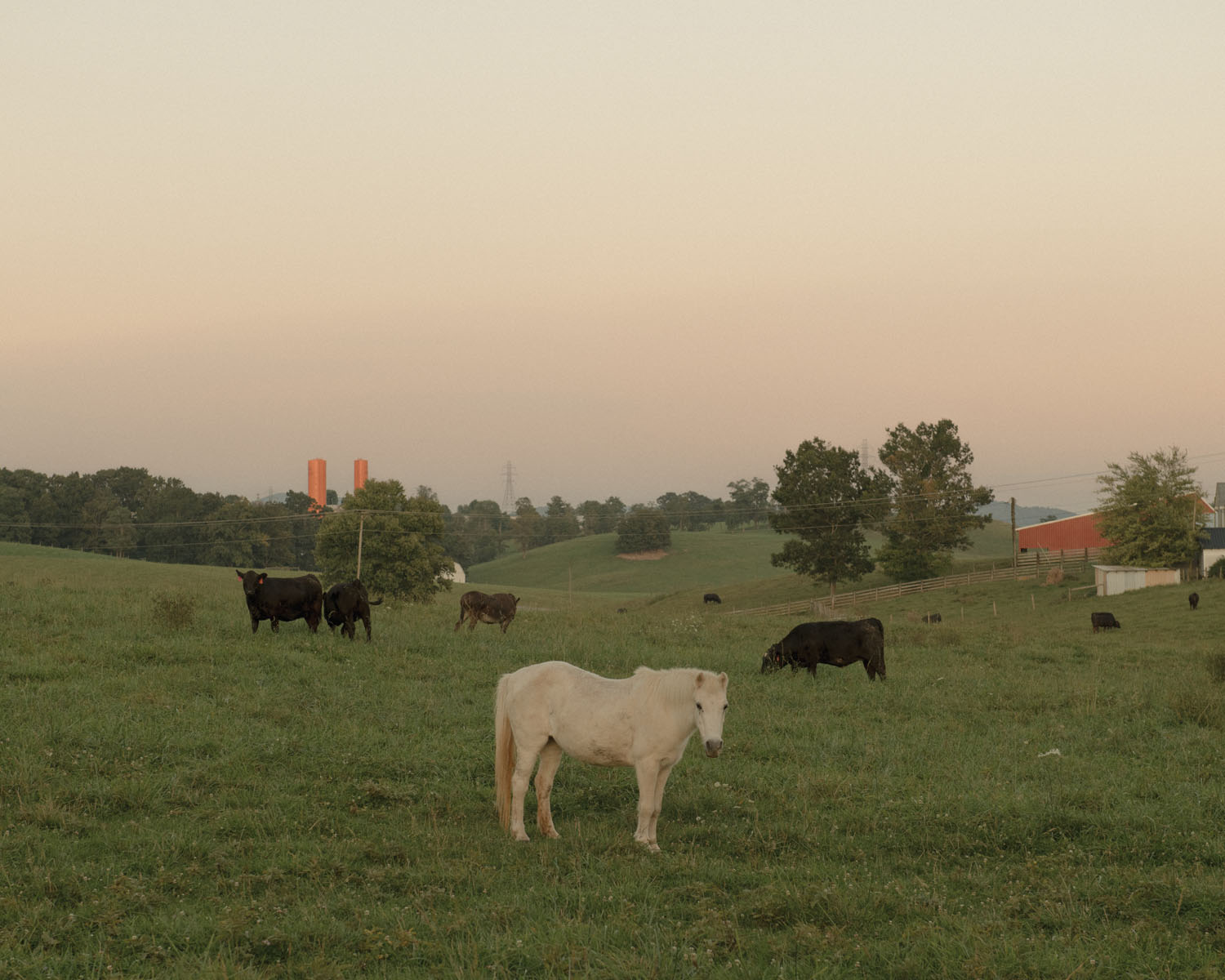Image


You should really subscribe now!
Or login if you already have a subscription.
George Etheredge has collaborated with the New York Times, TIME, Rolling Stone and many other publications, where he has worked on assignments both in NYC and the broader United States. He was most recently recognized as one of PDN’s 30 New and Emerging Photographers to Watch.